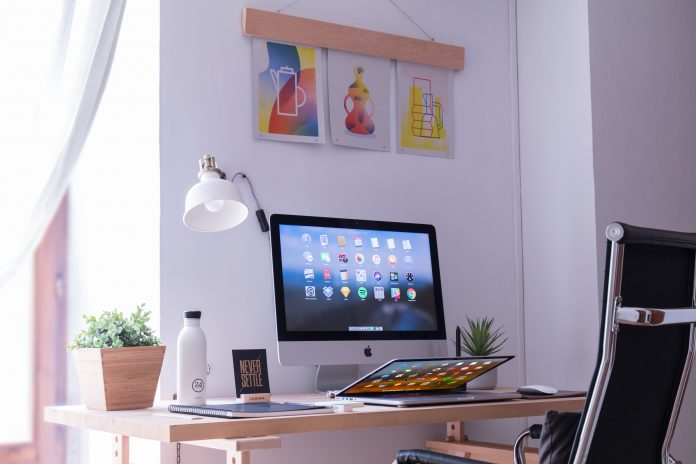Smart (self-monitoring analysis and reporting technology) home devices are products which connect to the Internet of Things (IoT) to add automation or monitoring to systems operating within the homes.
Around 25% of UK households now use at least one smart device and these devices offer remote control over a range of products or appliances, including security door locks, TVs, heating, lighting, alarm systems and kitchen appliances. The home office, especially, has been improved by smart home technology. With around 11 million UK households owning at least one smart home technology product, smart homes can no longer be seen as a niche product.
But coverage of this new technology hasn’t always been positive. As usual, there have been a smattering of scare stories, covering everything from Alexa’s creepy laugh to the possibility of surveillance by intelligence agencies.
As media-savvy individuals, how can we analyse the news and separate fact from fiction?
Let’s start with the bad news. Any internet-connected device, from your phone and your desktop to your toaster, is connected to a world-wide network. If your device is not properly secured, then anyone else on that network, including potential bad guys, can interact with your device.
With this in mind, it’s worth looking at each smart home device and seeing what kind of information they could possibly collect and whether that information is sensitive or not. Smart security cameras, for example, are a primary concern. They can collect video, either from inside your home or outside your home, so it’s important that you do your research and pick a brand with excellent security features.
Anything with a microphone, such as a smart speaker, is another way that outsiders could collect sensitive data — in this case recordings of the sounds of your home. A device with both a camera and a microphone is going to have the potential to collect massive amounts of sensitive data. Of course, we all have these devices on us at all times and willingly carry them around with us. They’re called smart phones — and even people without a smart home will have at least one.
In comparison, smart lights, thermostats and televisions are not much of a security risk. True, someone could theoretically work out when you are in and what TV programs you enjoy by hacking into your Netflix account — but for most people that’s not particularly sensitive information.
So how can we secure ourselves and our devices?
It’s important to take care of your passwords. Passwords should be complex (made up of numbers and letters) and unique. Don’t share your passwords with anyone else and change your passwords every three months or so. You should be doing this with your online banking logins, your email logins and a bunch of other accounts anyway. It’s impossible to manage these without help — so try a free password manager such as LastPass.
Many smart home devices are shipped out with common passwords which are easily obtained by criminal hackers, so consumers that fail to update default passwords on any smart device could be running the risk of hacking and people spying on their home via devices of this nature.
Popular smart home technology
The majority of smart devices within the home are controlled via smartphones and other mobile devices. One of the most popular products is the smart speaker, and there are a number of smart speakers currently on the market. Smart speakers feature a built-in digital assistant. These virtual assistants are attuned to the sound of a user’s voice and can be operated from a distance to control a variety of smart home gadgets.
Smart thermostats are the second most popular smart device and are owned by around 8% of Brits. These devices are increasingly affordable and can help save a good deal of money on utility bills and give users the ability to accurately control the heating or cooling within homes or business premises so that temperatures are optimised whenever people arrive at their property. This means there’s no more need to keep heating switched on throughout the day in colder weather and that temperature levels can be boosted or cut down if weather conditions change. Smart thermostats can save up to £145 annually off energy bills and are particularly effective in larger properties, which can be more costly to keep warm during colder months.
Smart lighting is a popular choice for around 5% of Brits and offers consumers the ability to change lighting colour, switch lights on or off remotely from anywhere in the world, or set a timer schedule to control the time lights are activated on a daily basis. Most of these devices need connecting to some form of a smart home hub, although some of them can be controlled directly from mobile devices if preferred. Three of the best brands for home automation are Lutron, Control4 and Creston.
Smart home security
Smart home security gadgets are also an extremely popular choice with UK householders and offer the ability to connect cameras, remote locking systems and alarm systems into one package which can be controlled remotely from smartphones or mobile devices. It’s easily possible to remotely unlock doors of the home to allow access to visitors while you’re still out working with systems of this nature. These systems are extremely effective when coupled with smart lighting systems to flick lights in the home on and off at will.
Find a Home-Based Business to Start-Up >>> Hundreds of Business Listings.

















































